Search
Remove Ads
Advertisement
Summary 
Loading AI-generated summary based on World History Encyclopedia articles ...
Search Results
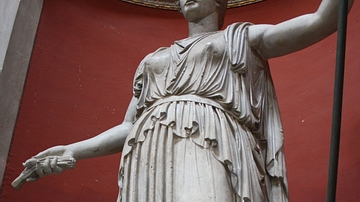
Definition
Ceres
Ceres is the goddess of agriculture and the harvest in Roman mythology. Her favor would bring humankind plentiful harvests and fruitful crops, but her wrath brought blight, drought, and famine. Usually depicted as a matron, her symbols included...

Image
Ceres
A marble statue of Ceres, the Roman agricultural goddess (or possibly also Juno). From Rome, 2nd century CE. (Vatican Museums, Rome)
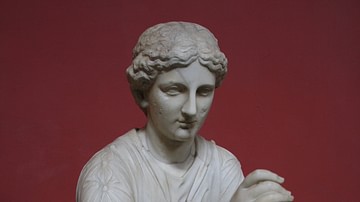
Definition
Calliope
Calliope (also spelt Kalliope) is the Muse of epic poetry and heroic song in Greek mythology. She is considered the leader of the Muses and the most honoured of them all. She is often represented in art with a tablet on her knee and a stylus...
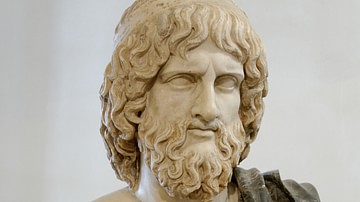
Definition
Pluto
Pluto is the god of the Underworld in Roman mythology. His Greek counterpart was Hades. Pluto chose never to sit on Olympus with the other gods and goddesses, preferring to remain in the Underworld. Family Pluto (Hades) was the son of...
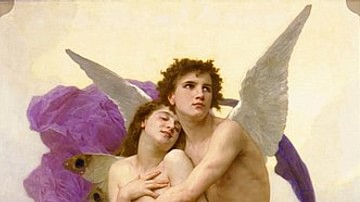
Definition
Psyche
Psyche was the goddess of the soul in ancient Greek and Roman mythology. Born a mortal woman, her beauty rivaled that of Aphrodite (Venus) and inspired the love of Aphrodite's son, Eros, god of desire. After completing a series of seemingly...
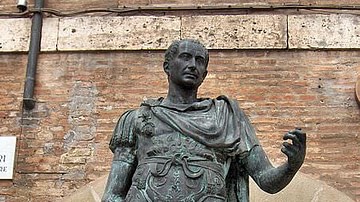
Definition
Aedile
The aedile was an official of the Roman Republic who maintained Roman roads, supervised the grain and water supply, and provided the city's citizens with games among other duties. Initially, they were plebeian and elected annually by the...
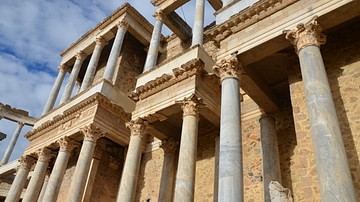
Image
Stage Building of the Theatre of Augusta Emerita (Mérida, Spain)
The front of the stage (scaenae frons) of the Roman theatre of Augusta Emerita (modern-day Mérida in Spain) is the most oustanding feature of the building. It consists of a high podium 2.60 metres (8.5 feet) high with Corinthian columns almost...
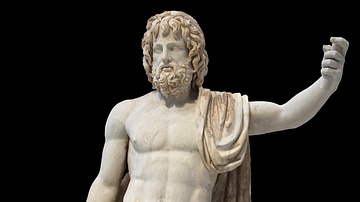
Image Gallery
Visual Guide to Ancient Roman Gods & Heroes
This gallery is a visual guide to Roman mythology. It includes some of the more influential or popular deities, heroes and spirits from Roman mythology, and their identifying features. Roman mythology was a collection of legends and traditions...
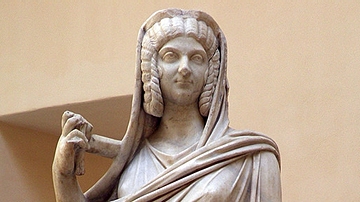
Image
Empress Julia Domna
Statue of Empress Julia Domna (wife of Septimius Severus) as Ceres, from the Portico of the Fountain with oil-lamp, 3rd century CE, Ostia Antica.
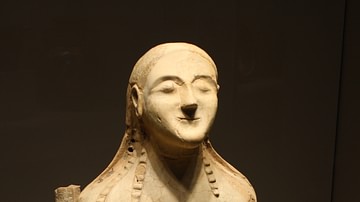
Definition
Demeter
Demeter was one of the oldest gods in the ancient Greek pantheon. Demeter was a goddess of agriculture and guaranteed the fertility of the earth. She protected both farming and vegetation. The close connection with the earth was inherited...